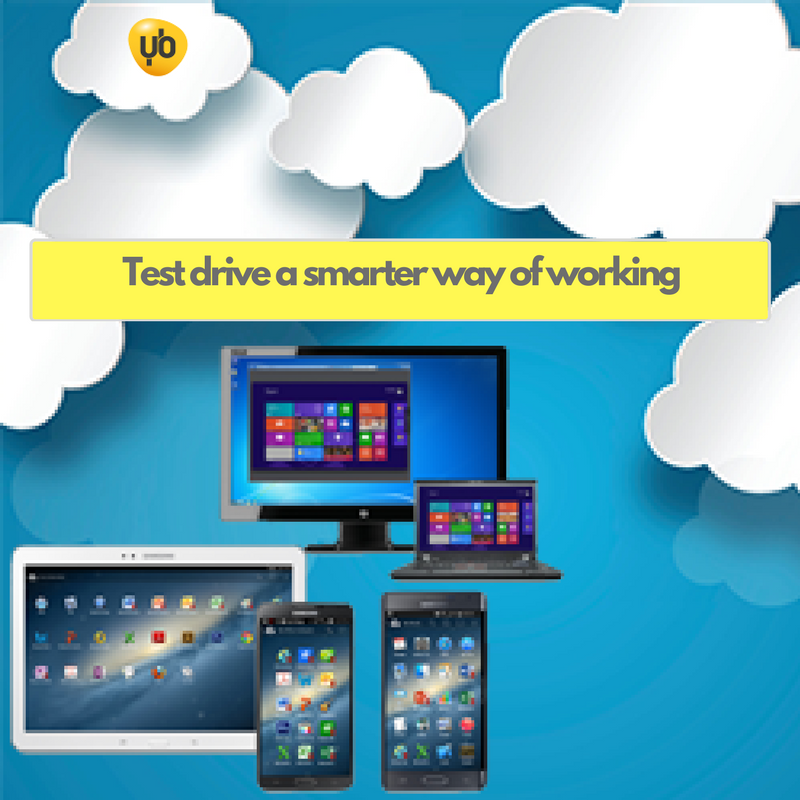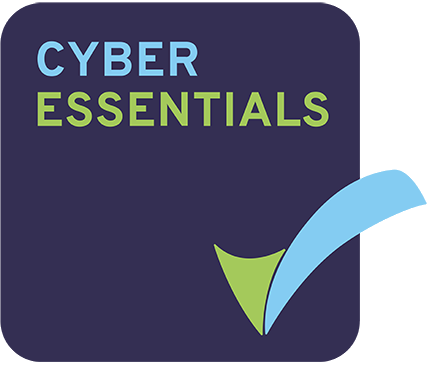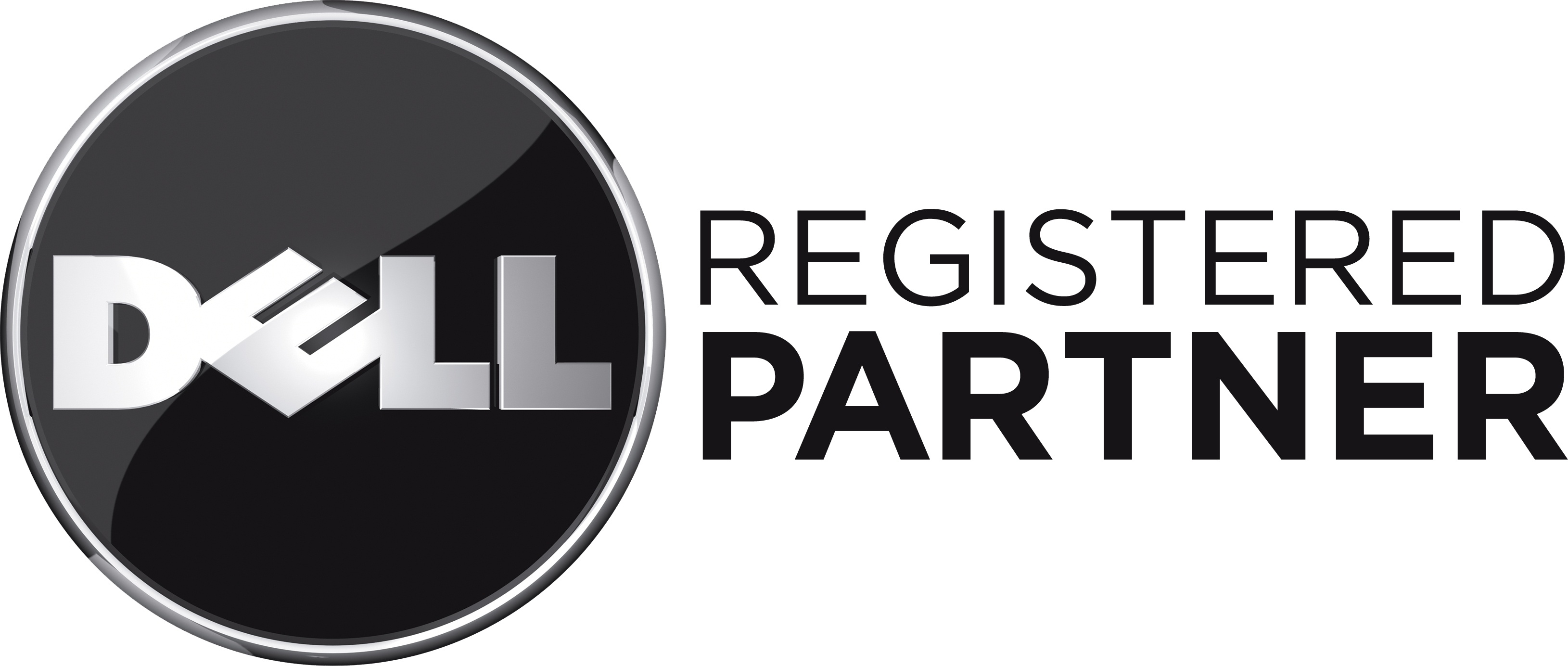Business continuity focuses on the ability to continue key services and primary business functions in the event of a disaster scenario.
In an age growing ever more volatile, threats and risks are becoming a part of our everyday lives. As a business we need to concentrate on the scenarios that could result in the discontinuation or halt in service delivery. Below I discuss what the risks are, followed by a brief example of how we could mitigate these risks.
Firstly, let’s look at Data loss. How could it happen? Data loss is a very real and common threat to every business. No matter how secure you think your data is, or how insignificant you think you are, you’re probably wrong. With data, we face many risks that could have a detrimental impact to our data. See below some examples of disaster type scenarios that could impact your Data integrity.
- System or Hardware failure
- External or internal theft/sabotage
- Accidental Loss
Next we look at connectivity and communication. What are the risks that could have an impact on connectivity and comms? Most companies rely on connectivity and communication to function. We need to think about things that could potentially cause a disruption to these services. see below some examples of disaster type scenarios that could impact your connectivity and comms;
- Sabotage or Malicious attack
- Accidental damage
- Power Outages/provider issues
- Hardware Failure
Alongside the above, we also need to identify the risks we face as a result of poor security. If a security breach took place it could have serious consequences that may have a significant impact on key services. Security breaches can occur through things like;
- Cybercrime/Terrorism
- Physical intrusions/damage
- Theft
Finally let’s take a look at those threats that are perhaps the most difficult to mitigate against. Natural disasters have the ability to cause the most severe impacts of all the risks mentioned above. They can completely wipe out buildings which, if not prepared for can render a business completely non-functional. Natural disasters come in many shapes and sizes from fires to earthquakes and severe weather. They can all completely disrupt or even stop businesses from being able to function.
Now we know the risks, what can we do? Being proactive when it comes to business continuity management, can be the difference from shutting down shop, to maintaining everyday service.
For Data, there are lots of options when it comes to both preventing and reducing the impact of disasters. Internal security policies, reducing access and monitoring usage could help to mitigate against internal threats to data. For external we can use things like encryption to prevent access to data for those not authorised to access it.For general impact reduction, we can look at offsite backups/storage, ensuring that if you suffered anything such as hardware failure, you can still get hold of and utilise your data.
Connectivity and communication are services that most business can’t afford to lose. In order to maintain these services in the event of a disaster scenario we need to implement technology. Things such as hosted telecoms, mobile working and hosted applications/storage, are all ways we can ensure that staff can continue to work in the event of connectivity or comms failure. With the above technology in place it makes it much easier to recover from a disaster by increasing the ability to work from anywhere!
Security Breaches are hard to deter; it’s impossible to track the security of all of your services manually, which is why technology can help! Implementing things like network monitoring, internal policies and AV and encryption. Are all things you can do to prevent malicious threats to security, however you also need to ensure your site has good all-around physical security, to prevent risks like property damage and unauthorised access.
The last point I wish to cover, are natural disasters. Having things in place such as remote backups, remote storage, cloud apps etc. will all help to ensure you can maintain service if for example you lost access to your office. All that is great, but you also need to consider the possibility that your staff may not have access to the things they need in order to work remotely. Ensure all staff have appropriate measures in place such as good furniture and equipment, in order to work remotely or from home. This is only really a temporary measure and perhaps preventative methods such as fire suppression or alarm systems could stop the disaster having such a detrimental impact in the first place.
To put it simply, fail to prepare and prepare to fail. Invest in technology, train your staff and plan as much as you can, before it’s too late to do so. For help with this give me a call on 01925 838 386.










